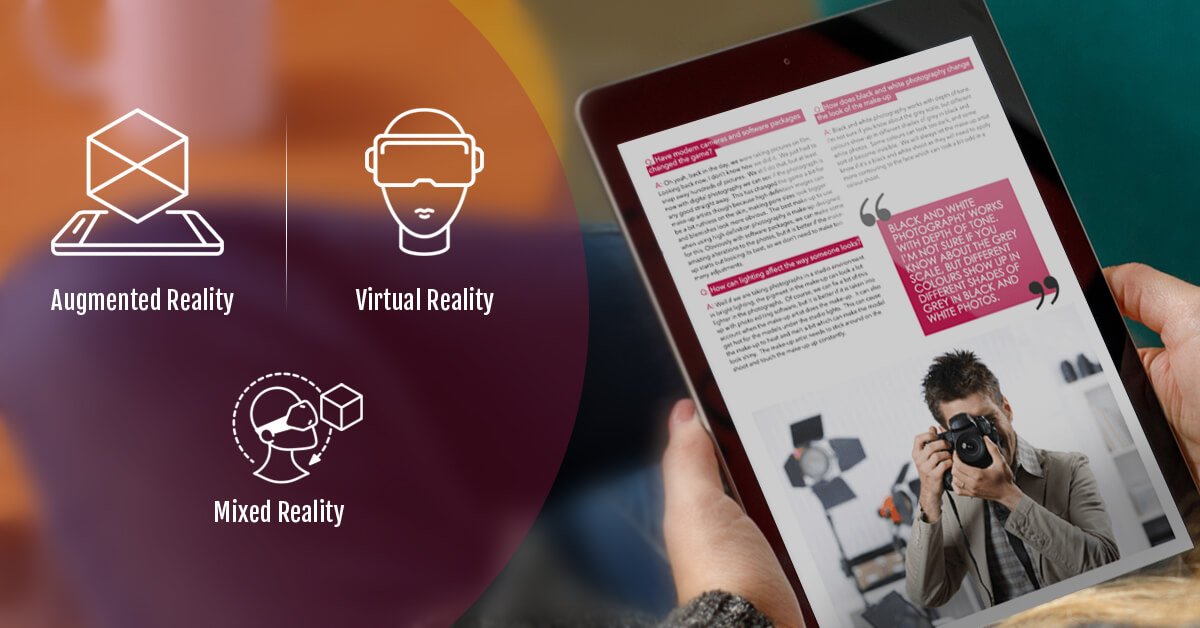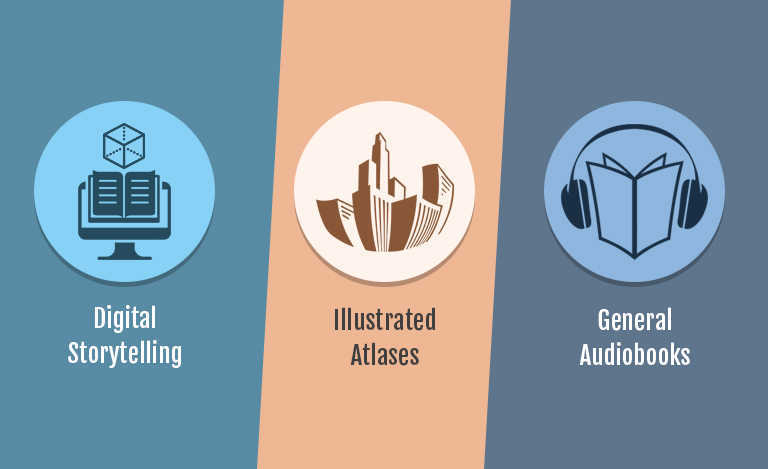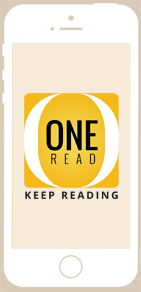
The digital publishing industry is booming and witnessing a number of innovations now. It started with converting the printed material into digital content in the form of eBooks. However, many readers continued to prefer the printed version over eBooks, which led to the next bigger challenge i.e. making eBooks attractive and easy to use for the readers. When it comes to making the eBooks easier to access and use, getting a dedicated reader app designed has worked quite well. As we know, eReaders have been evolving by the day with each new version comprising better features: integrated dictionary, text search, text-to-speech conversion, bookmarks, day/night mode, to name a few. While these features have made accessing digital books easier, the only thing left is interactivity and increasing user engagement.
Many ePublishing formats support the inclusion of multimedia elements such as images, videos, audio, animations, etc. that help in creating highly engaging digital content. One such format that supports all of these multimedia inclusions is EPUB3. This format also allows the publishers to write scripts using Javascript, which, if used creatively, can help the publishers develop unique interactive experiences. EPUB3 specifications can also be used to develop AR eBook content. When deployed successfully on an online publishing platform, it can provide a great learning experience for students and readers.
However, to make things work, you’ll need the respective device to meet some basic characteristics, be it a smartphone or a tablet. The most obvious ones include multimedia support, support for EPUB3 and other ePublishing formats, and a functioning rear camera.
What does it mean for the publishers?

The first and foremost benefit that AR, VR or mixed reality brings for the publishers is a chance to come up with a better visual representation of their content, thus engaging the readers better. Augmented Reality not only uses visual object tracking but it helps the users to experience much more which was never possible before. In publications, the readers can view the real world wherein virtual objects are embedded. This way, readers don’t only read content, but they’re actually able to view the related objects and experience the scene, thus taking user experience to a whole other level.
One of the most common ways to experience an AR/VR embedded eBook is via a VR gear. Others may prefer a simple tablet or a smartphone. For an AR eBook, you’ll need your digital publishing platform to tap into the device’s camera. This is important since you need the real world image in the frame of your eBook. It is then that 3D models, animations, or virtual objects will be superimposed to successfully create AR/VR experiences.
To make your eBook access the device’s camera, you’ll need an Application User Interface (API) that is provided by javascript. The following code will make that possible:
Suppose, if you chose to go with a white-labeled reader app for Android & iOS, then embedding this javascript code into the EPUB3 code will allow your app to access your device’s camera, webcam and microphone. And all of that without the need of a plugin!
Publishers need to understand that AR is one broad concept in the field of publication. Comprising a number of technological tasks, AR has to keep track of all the objects in the video captured from the real world and place the virtual objects accordingly, keeping accuracy in mind. This technology is quite challenging to adopt, at least for new publishers. However, if you have a robust and functional eBook distribution platform with secure DRM solutions, you can easily get going with this technology and start engaging more readers than ever. This works the best for educational ePublishing by creating real-life virtual elements for kids that are not only fun, but enhance their learning process.
What kind of books can leverage AR/VR?

-
Digital storytelling
Classic literature could definitely meet new horizons if presented in the AR/VR/Mixed reality mode. For example, you’ll be able to experience the comparison between Moby Dick and Pequod.
For specific stories, readers will be able to see animated characters and how they develop as the story progresses. This also goes for learning books where children will be able to view the visual representation of the objects or things being talked about.
-
Illustrated atlases
When it comes to learning, it is better done when you are able to actually view a 3D representation of objects. Things like animals, human body, historic buildings, geographical locations, etc. can be viewed in AR while quickly reading or listening (narration) to related facts or information.
-
General audiobooks
AR/VR can introduce the reader to newer reading experiences. For example, an audiobook can be combined with AR which would then ask the user to choose a scene where he wants to listen to the audiobook. Say, you’re presented with 3 options: beach, rooftop, and space. Depending upon the selection made, the AR/VR embedded code will display a background and then continue with the narrative audio. This can actually improve the overall reading experience for readers.
AR/VR is certainly a fresh concept that many ePublishers have started deploying. And why wouldn’t they? It is making eLearning and digital eBooks so much more fun to read! Is your online publishing platform capable of offering immersive AR/VR/Mixed reality experiences to the readers? If not, it’s time to act on it.
Looking for an effective digital publishing platform that perfectly embeds alluring AR experiences for your readers? Well, OneRead can help you with that and much more. You can also get a white-label eLearning platform coupled with AR/VR experiences developed by expert professionals. Let’s connect. Write to us at info@one-read.com and we’ll get back to you at the earliest.




